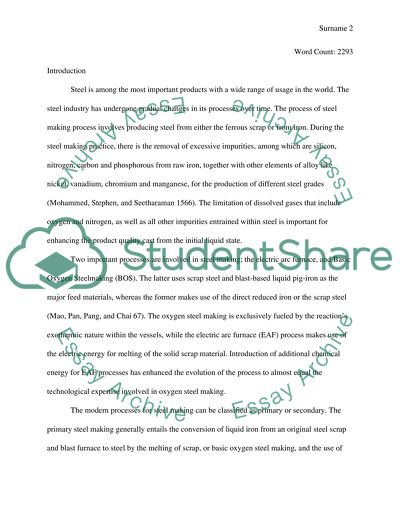Cite this document
(“Steel making Essay Example | Topics and Well Written Essays - 2000 words”, n.d.)
Retrieved from https://studentshare.org/engineering-and-construction/1661957-steel-making
Retrieved from https://studentshare.org/engineering-and-construction/1661957-steel-making
(Steel Making Essay Example | Topics and Well Written Essays - 2000 Words)
https://studentshare.org/engineering-and-construction/1661957-steel-making.
https://studentshare.org/engineering-and-construction/1661957-steel-making.
“Steel Making Essay Example | Topics and Well Written Essays - 2000 Words”, n.d. https://studentshare.org/engineering-and-construction/1661957-steel-making.


